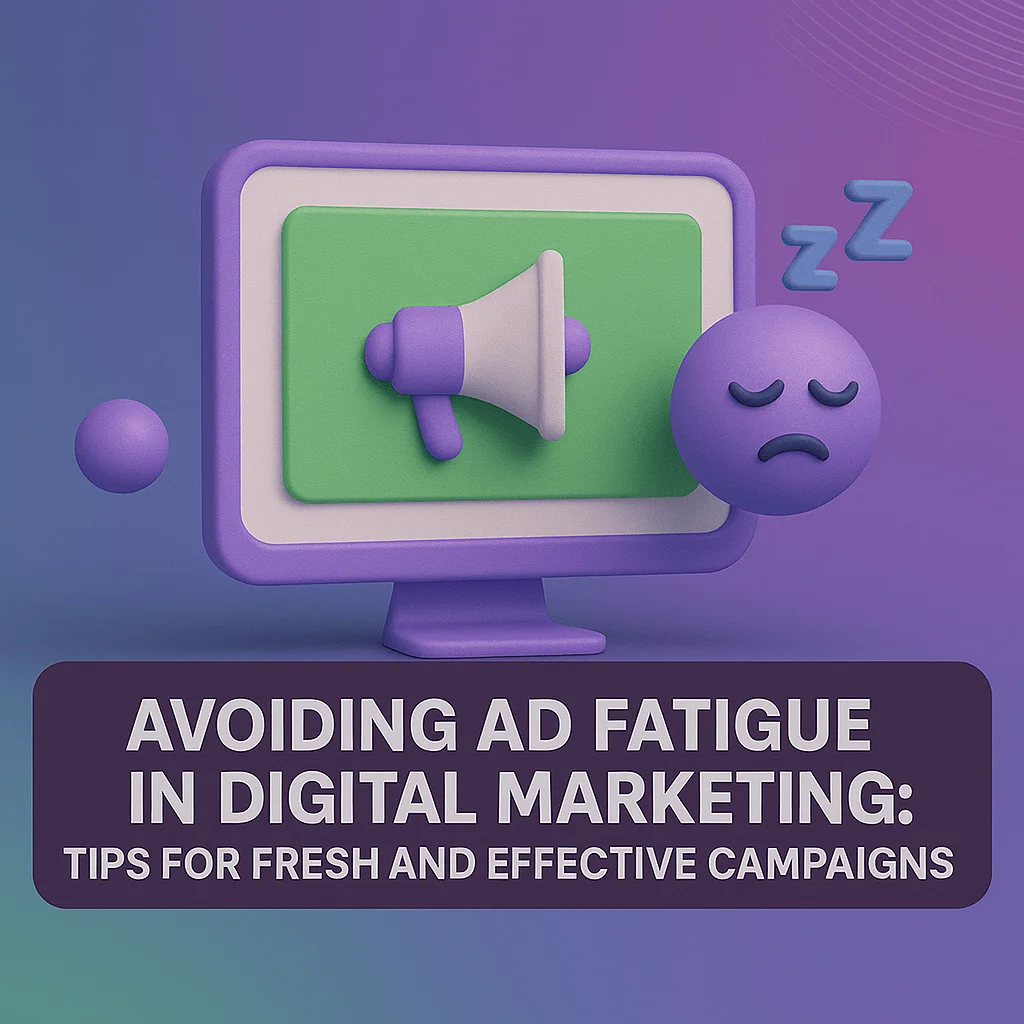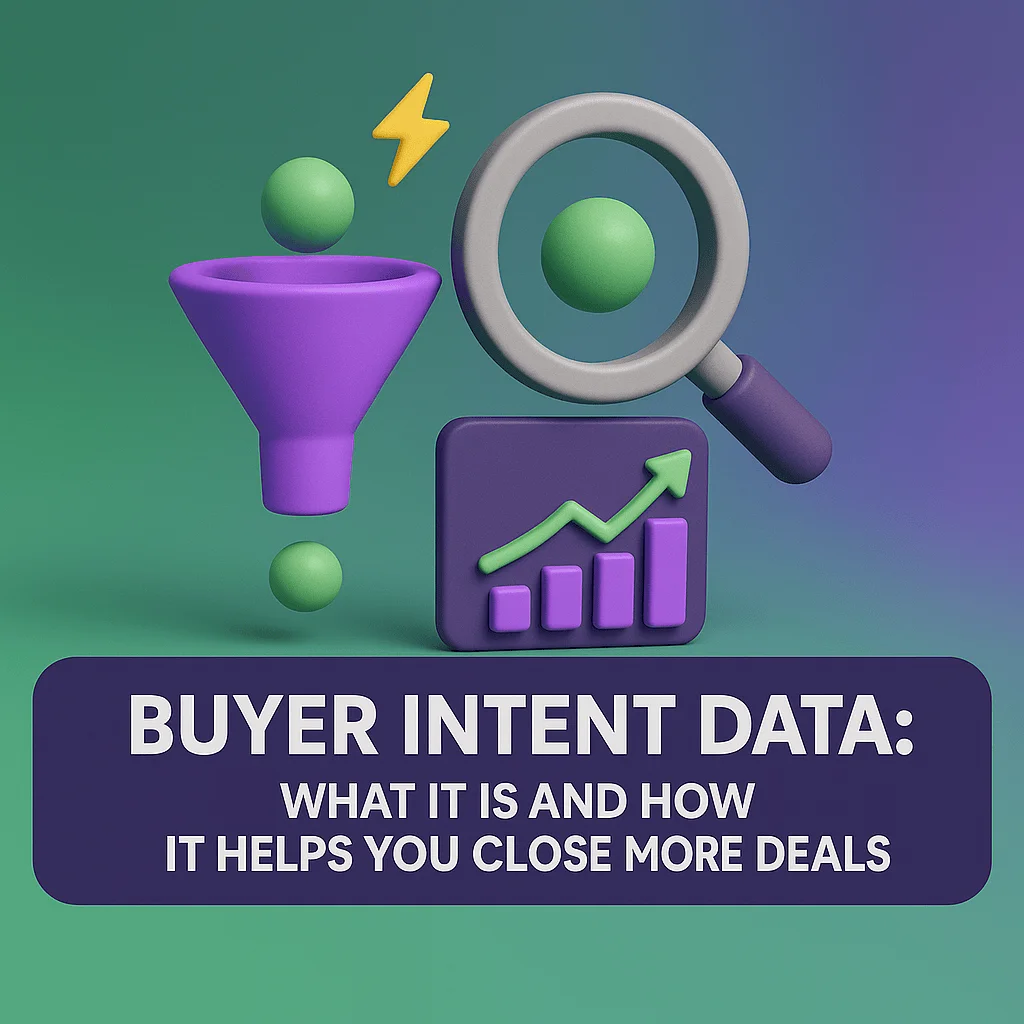Your brand is your soul — you have to do everything in your power to keep it respectable. Think Samsung knockoffs. Think Sony casually coming out with an MP3 right after the iPod. And that was before digital marketing was a thing — where mistakes had to go through fail-safes and dozens of eyes. Now, it’s instantaneous. Your digital wizard makes a faux pas, and it’s downhill. Educating marketers and business owners about digital brand protection helps them to fight online threats.
By understanding common dangers like copyright infringement and brand impersonation, they can take control. This includes practical tips like trademark registration and social media monitoring. By implementing best practices, businesses can safeguard their reputation, build trust with consumers, and ensure a positive digital presence.
The Importance of Brand Protection in Digital Advertising
Brand protection in digital advertising is crucial for maintaining a positive brand image and reputation online. It helps to ensure that your brand’s messaging appears next to content that is aligned with your values and objectives. By protecting your brand in the digital advertising space, you can avoid association with harmful or inappropriate content that could damage your brand’s credibility.
Additionally, by protecting your brand, you will guard it against ad fraud, ensuring that your advertising budget is being used effectively and reaching your intended audience. Overall, investing in brand protection measures in digital advertising can help safeguard your brand’s integrity and ensure a more positive online presence.
Risks and Challenges of Digital Brand Protection
Digital brand protection faces a constant battleground. Common risks include online counterfeiting, where fake products dilute your brand value and potentially harm consumers. Malicious actors might also engage in brandjacking, stealing your trademarks or social media handles to deceive customers.
Even negative online reviews and true or false, can severely damage your reputation. The challenge lies in the vastness of the digital landscape – monitoring countless websites, marketplaces, and social media channels for infringements can be overwhelming.
In the context of digital advertising, brand protection refers to the strategies and actions taken by businesses to safeguard their reputation and control where their ads appear online. It’s essentially shielding your brand from negative association, guaranteeing your advertising efforts reach the right audience in a safe and trusted environment.
The Scope of Brand Protection
Protecting your brand in the digital advertising sphere extends far beyond just logos and slogans. It encompasses a multi-layered approach to safeguarding three key areas:
Intellectual Property - IP
Involves registering trademarks, copyrights, and patents for your brand elements. This legal framework allows you to take action against anyone who infringes upon your IP online.
Brand Reputation
Brand protection strategies focus on monitoring online conversations and reviews to identify and address negative sentiment. This includes proactively managing social media comments, responding to customer concerns, and fighting the spread of misinformation or false reviews that could damage your image.
Online Presence
Encompasses all your digital touchpoints, including your website, social media profiles, and online advertising campaigns. Brand protection ensures these platforms accurately represent your brand and are free from security vulnerabilities. It involves measures like website security monitoring, social media account verification, and controlling where your ads appear online to avoid association with inappropriate content.
Threats to Brand Protection
Digital advertising harbors threats that can damage your brand’s reputation and financial well-being. Here’s a closer look at some of the most common culprits:
- Ad Fraud: Involves manipulating the way online ads are displayed and measured. Malicious actors might use bots to inflate clicks or impressions on your ads, draining your budget without generating real leads.
- Brand Impersonation: This occurs when someone creates fake websites, social media profiles, or even entire ad campaigns that mimic your brand. Their goal could be to steal customer data, redirect traffic away from your legitimate platforms, or even damage your brand image by spreading misinformation.
- Unauthorized Associations: Without proper brand protection measures, you might have limited control over where your ads appear online. You don’t want your ad to appear in a “bad neighborhood,” such as next to offensive content or alongside a competitor known for poor-quality products.
Strategies for Digital Brand Protection
Here are some key strategies for digital brand protection:
Content Integrity
Ensures consistent and accurate brand messaging across all your digital touchpoints, from your website to social media and advertising campaigns. This builds trust with your audience and fosters a clear brand identity. The following techniques allow you to represent your brand:
Consistent Messaging
Ensures your brand message is accurate and consistent across all platforms, from your website and social media to your advertising campaigns.
Monitoring and Control
Utilizes social listening tools to track online brand mentions and identifies any inconsistencies or inaccuracies. Proactively addresses negative sentiment and engages with customers in a timely manner.
Legal Safeguards
Intellectual Property Rights
Register your trademarks and copyrights to gain legal protection against unauthorized use of your brand logos, slogan, or creative materials. This empowers you to take legal action against counterfeiters and brand impersonators.
Trademark Enforcement
Develops clear policies and procedures for handling trademark infringement. This may include sending cease and desist letters or even initiating legal action against blatant violators.
Technological Solutions
Digital Rights Management - DRM
For brands dealing with copyrighted content, DRM tools can help control distribution and prevent unauthorized access or copying.
Ad Verification Tools
Help prevent ad fraud by verifying the legitimacy of website traffic and ensuring your ads are displayed in brand safe environments. They can also identify and block attempts to place your ads alongside inappropriate content.
Benefits and Limitations of Technology
Benefits
Automated tools like social listening platforms and ad verification software can save time, provide real-time insights, and streamline brand protection efforts.
Limitations
Ad fraudsters constantly develop new techniques, so staying informed and adapting your strategies is vital. Additionally, automated tools may struggle with nuanced content or miss certain types of brand impersonation.
Best Brand Protection Solutions
Digital brand protection demands a multi-faceted approach. Here are some best practices that go beyond just deploying tools:
Proactive Monitoring and Response
Continuous Monitoring
Employ brand monitoring tools to track online conversations and identify potential threats like brand impersonation, negative reviews, or unauthorized product sales. Social listening platforms can analyze brand sentiment and alert you to any emerging issues.
Rapid Response Protocol
Develop a clear process for addressing potential threats. This could involve issuing cease and desist orders for copyright infringement, working with social media platforms to remove fake accounts, or crafting a communication strategy to counter negative online reviews.
As programmatic advеrtising continuеs to еvolvе, wе can еxpеct еvеn morе sophisticatеd targеting capabilitiеs, intеgration with artificial intеlligеncе for rеal- timе bidding optimization, and a widеr rangе of data sourcеs for audiеncе sеgmеntation. With a variеty of DSPs availablе, rеsеarching and sеlеcting thе onе that bеst aligns with your advеrtising nееds and goals is crucial for succеss in thе continuos еvolvig world of digital advеrtising.
Partnership and Collaboration
Collaborate with Platforms
Build strong relationships with advertising platforms and social media networks. Many platforms offer brand protection resources and tools. Open communication allows you to report suspicious activity and work together to remove fraudulent content.
Partner with Vendors
Consider partnering with specialized brand protection agencies that offer expertise in areas like online investigations and legal action against counterfeiting.
Educating and Training Staff
Train Your Staff
Educate your marketing, sales, and customer service teams on brand protection best practices. This empowers them to identify potential threats, report suspicious activity, and uphold brand guidelines in all their online interactions.
Your Brand is Your Safeguard
In the competitive digital arena, your brand is your moat’s castle. A robust brand protection strategy is the moat and fortified walls that safeguard your reputation and customer trust. By proactively monitoring online conversations, wielding the power of legal safeguards, and leveraging technological tools, you can effectively combat threats like counterfeiting, impersonation, and negative reviews.
Partnering with platforms and educating your team further strengthens your defenses. Don’t underestimate the power of brand protection – it is the key to building a positive online presence, maximizing the return on your advertising efforts, and ensuring the long-term health and safety of your brand.






